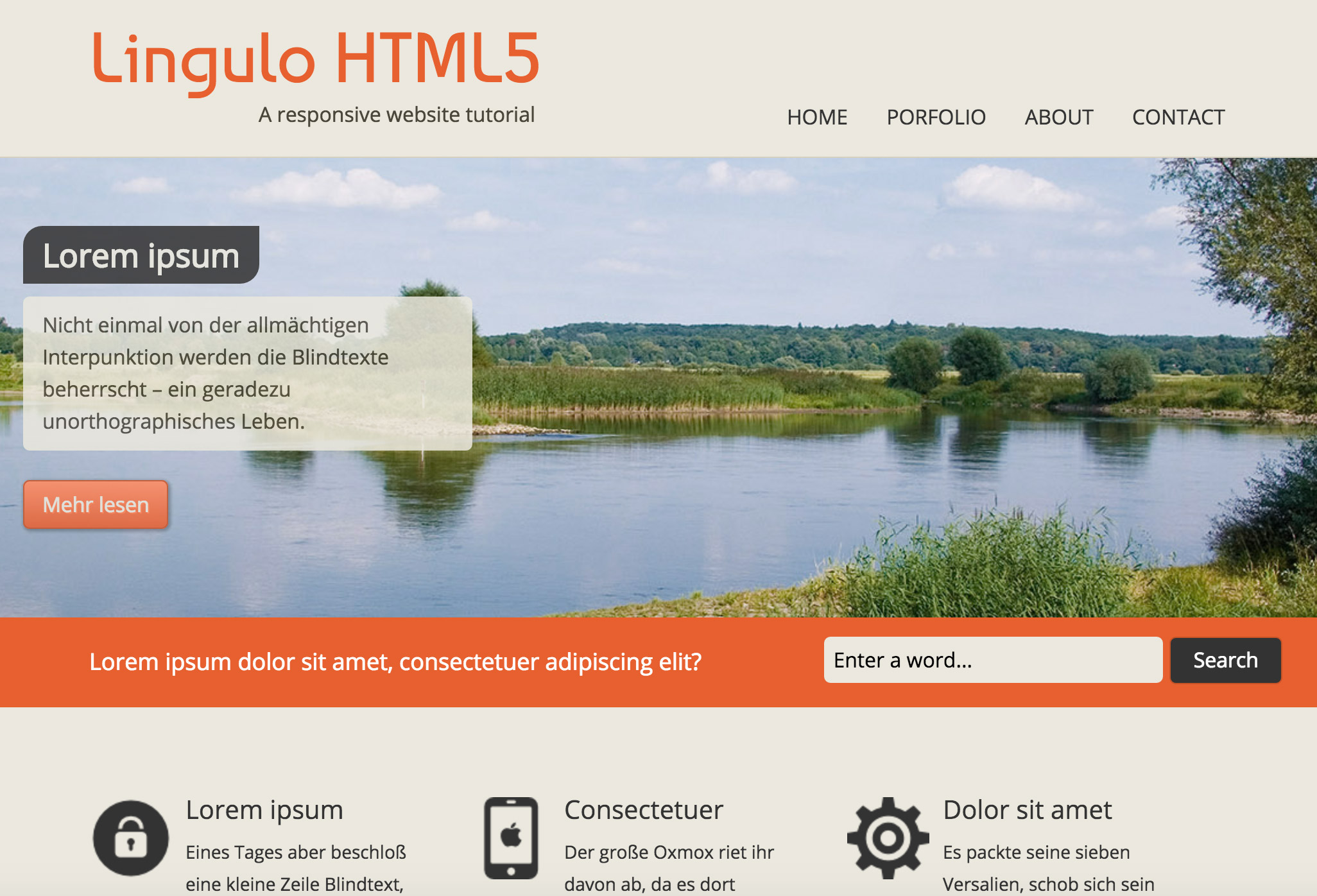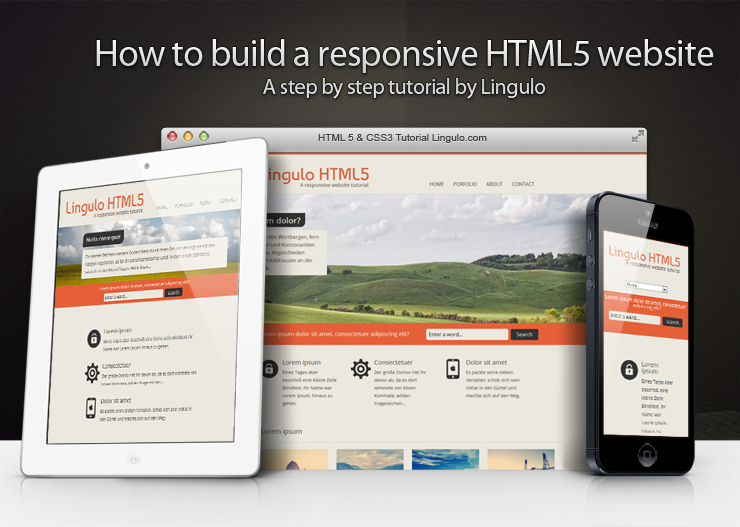A unique and fresh web layout not only helps entice visitors, but also create a distinct web design. And CSS allows one to create a desirable website theme and enhance the look and feel of a website. By writing in CSS file, you can efficiently deliver a polished and refined design up to the web standards. This is why, if one wants to improve the aesthetics of his site, he has to tweak his theme’s stylesheet as per the requirements. If you are running a WordPress-powered website, you can edit your theme’s CSS and overhaul the layout as required.
Despite, WordPress is a quite popular for developing surefire web solutions, several people still commit some common mistakes while writing CSS for customizing the WP themes. Even professional have been found making common goofs. The browsers don’t understand these errors and simply, respond by generating a tattered appearance. Since, these mistakes can lead to a broken WP site, it is essential to avoid them while handling the CSS of a theme.




